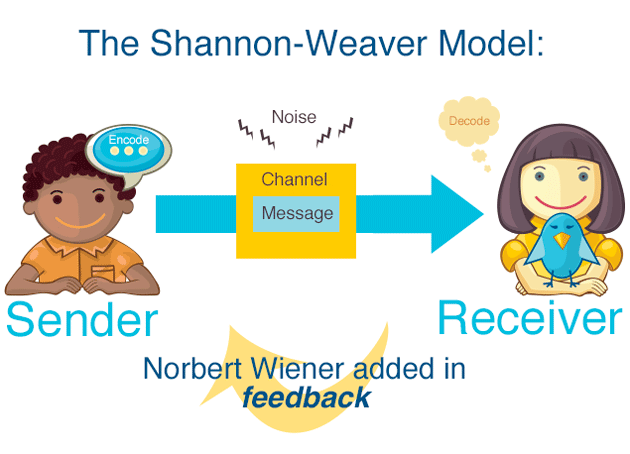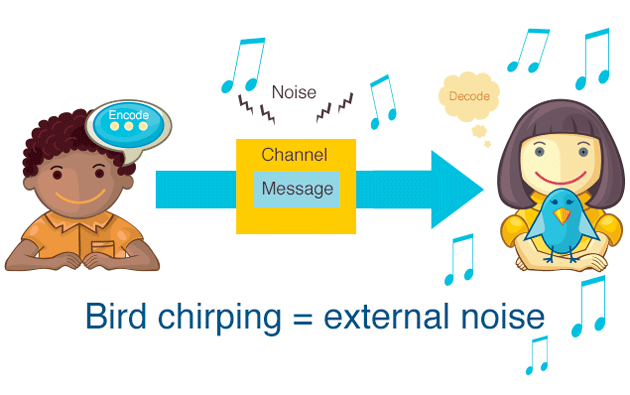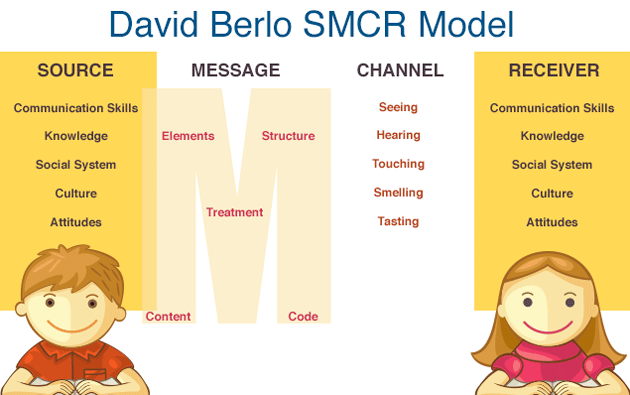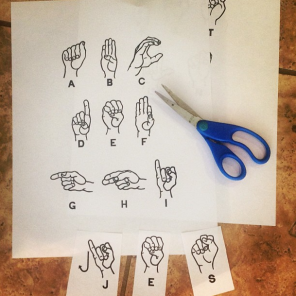Learn to Become a Better Communicator with the Communication Model
Communication models conceptualize the way in which people send, receive, process and respond to information. Claude Elwood Shannon and Warren Weaver developed one of the first widely accepted communication models in 1949 for the telephone company Bell. Since that time, experts have fine-tuned the Shannon-Weaver communications model to create a more accurate and up-to-date schematic. There are communication models and communication theories that can help use be more effective communicators.

Components of the communications model above include the sender, the encoding of the message, the transmission, the receiver, the decoding of the message and feedback. Information must pass through each step of the process for the communication to be successful.
As the sender, you kick off the communication process. You might verbalize the message to another person, write it down for others to read, send the information over the phone or communicate in some other way.
Encoding is the means through which you, as the sender, transform your ideas and feelings into symbols and organize them into a message. The symbols you use can be words, sounds, and actions that can be recognized by your receiver, so that you can share your specific meaning with her. You choose words and gestures that convey your meaning, thus forming your message. Your tone of voice and body language will affect the meaning that your listener (the receiver) receives. The receiver will decode the message. She transforms your message into her own feelings and ideas.
In the above model, you might have noticed that the message is transmitted through a channel, which is the sensory route that is being used. In the case of this face-to-face example, the two channels that are used are sound (verbal symbols) and light (nonverbal symbols).
For the communication to be effective, the recipient must glean your intended meaning from the communication. For example, an airplane pilot must understand the hand signals of the runway crew to follow directions to the terminal. If the pilot cannot understand the signals, the communication fails. Therefore, accurate decoding of information is critical to the overall process.

Feedback occurs once the receiver decodes your communication and responds. It lets you know that the communications process succeeded. Feedback may be as simple as a nod in your direction or as complex as a written confirmation.
Factors that Affect Communication
External stimuli such as sounds and sights that get in the way or distract from the successful transmission of the message are considered external noise. Physical noise surrounds you and your receiver during a typical conversation. Sounds of traffic, other conversations, dogs barking, a radio playing, and birds singing are all examples of external noise.

Internal stimuli, such as unrelated thoughts that that get in the way or distract from the successful transmission of the message are considered internal noise. Psychological noise is internal. Worries, memories and other distracting thoughts are all psychological noise that can interfere with sending or receiving clear messages.
Physiological noise could be external, such as a speech impediment, or internal, such as a fever. It is body-related interference that prevents you from communicating effectively or your receiver from understanding your message clearly.
Semantic noise is a break in communication due to lack of shared understanding which brings about unintended meanings due to different interpretations of the meanings of certain words.
The SMCR Model of Communication
Below is another useful model of communication called the SMCR Model. SMCR stands for:
- Source
- Message
- Channel
- Receiver

Tips for Successful Communication
Using strategies to send information more clearly and decode the messages you receive more accurately enhances your communications skills. Take advantage of the following tips to become a better communicator:
1. As a sender, make your message as clear and concise as possible.
2. Choose a quiet location with minimum distractions for important verbal communications
3. Use a method of transmission most likely to directly reach your receiver.
4. Make sure that your receiver has the shared knowledge, such as language or technical expertise, to accurately decode your message.
5. Ask the receiver to send feedback that confirms your communication succeeded.
Today’s Activity: Become a Model Communicator
Select one of the following scenarios and create a communications diagram showing each component of communication: sender, encoding, transmission, receiver, decoding and feedback. Below the drawing, list two to three possible noise factors and how you would address them.
a. As a school principal, you must immediately let all your students know that school is closed due to heavy snowfall the night before.
b. You want to thank a kind stranger who helped you change a flat tire, but do not have his contact information.
c. During a visit to Italy, you need to get directions to the Coliseum in Rome, but you don’t speak Italian.
d. You want to publicize an upcoming event to raise money for a homeless shelter.






Comments are closed.